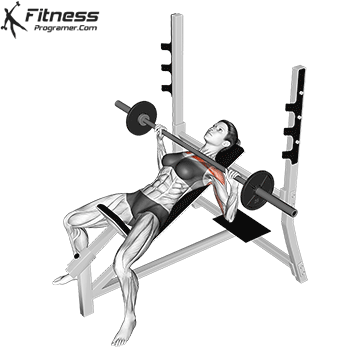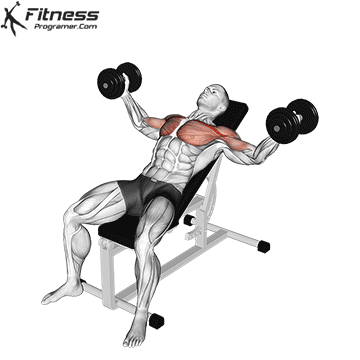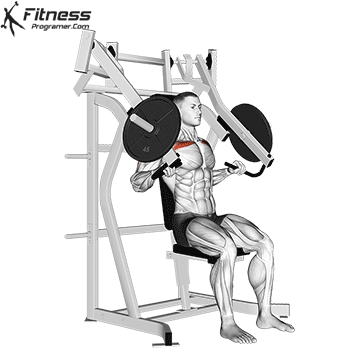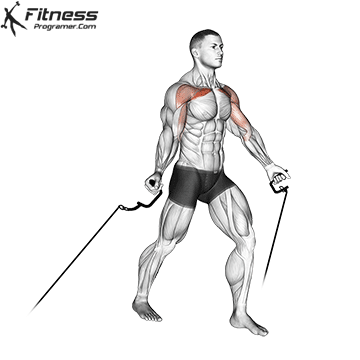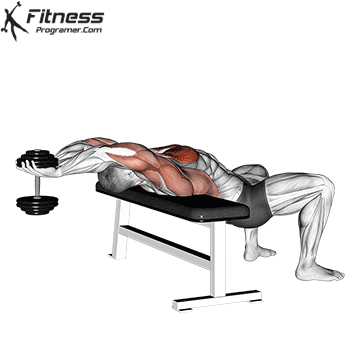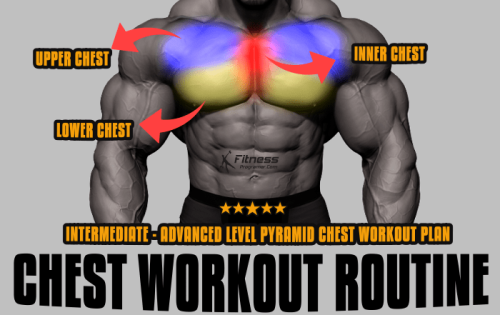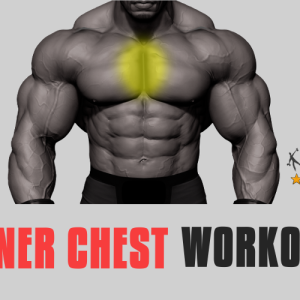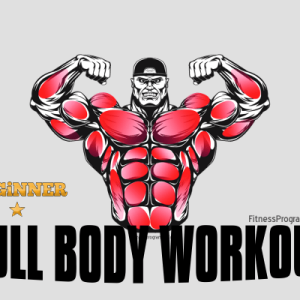Upper Chest Training
The thing is, your upper chest muscle works at a different angle than the rest of your chest muscles. The easiest solution to improve your upper chest muscles is to include exercises that work the upper chest muscles in your programs.
How to
If you think your upper chest muscles are not developing, you can include these exercises in your program or apply the upper chest workout program. For Muscle Development, lift 60-85% of the maximum weight you can lift, apply at intervals of 8-12 repetitions, and apply a 45-60 second rest period. Try to increase the weight a little more each time you go to training.
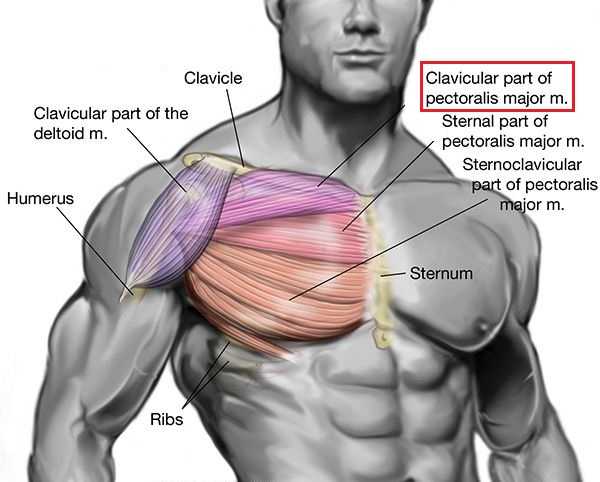
What Is the Best Angle for the Upper Bust?
It is certain that an angle of 30-45 degrees is required for the better development of the upper chest muscles, but there are still disputes between the two. Variability of the angle of inclination can make different muscles work Therefore, the correct sitting position is the most important element for the upper chest muscle to work.
One study concluded that the 30-degree angle was the best, while another research concluded that the best result was 45 degrees. Even though the studies cause confusion, the truth is that both results are effective.
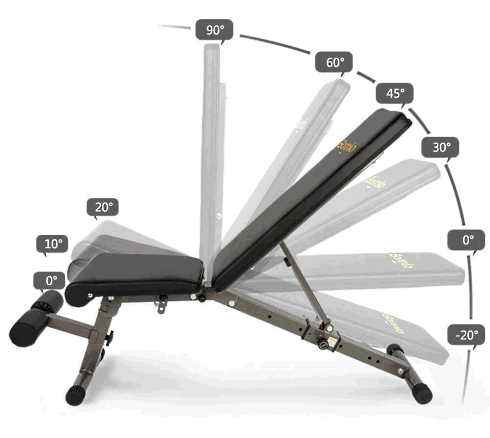
So which one should we do?
Is it a 30 degree angle? Or is it a 45 degree angle? We cannot know this exactly because we do not know whether the arm and height measurements of the people participating in this research are equal. Therefore, it would not be correct to say which angle is better.
You decide!
You can learn which angle between 30-45 degrees affects the upper chest muscles better by experiencing it yourself. Try it at a 30-degree angle, if you feel your upper chest muscles are working enough, this might be a good angle for you. If it affects the front shoulder muscles instead of the upper chest muscles, change your angle to 45 degrees and observe the results.

